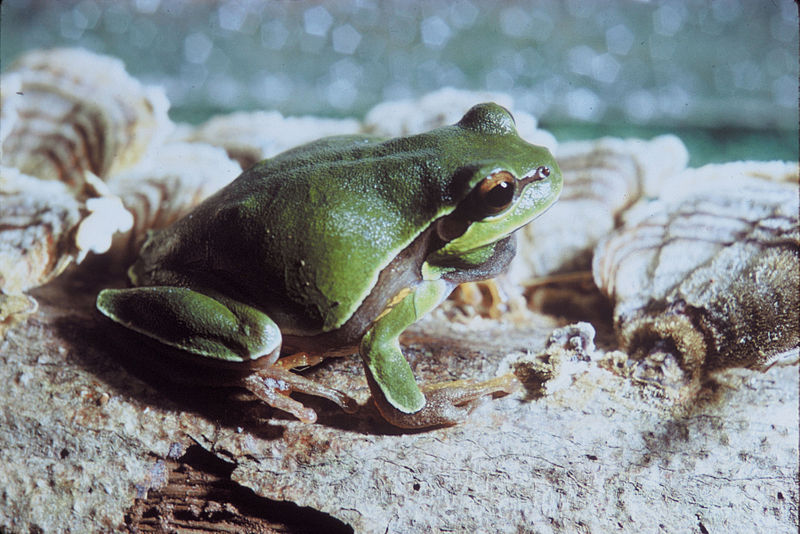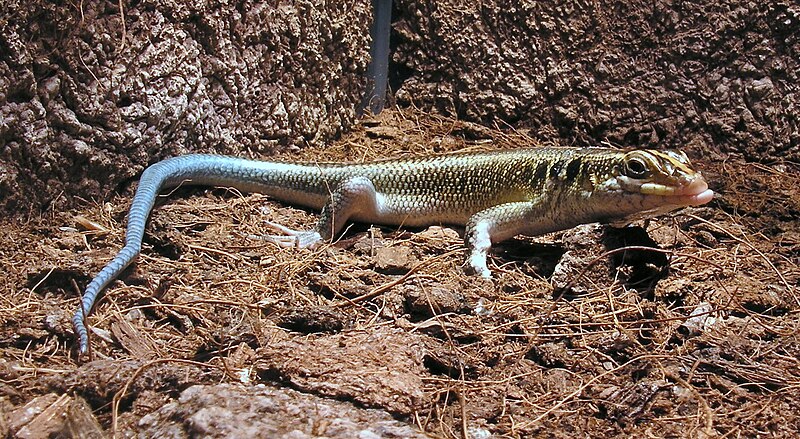 In terms of the number of species and countries affected, Batrachochytrium dendrobatidis (“Chytrid fungus” or Bd, for short) is the most devastating wildlife disease ever identified. It is currently sweeping through frog and salamander populations worldwide, and is responsible for the decline or extinction of at least 250 species!
In terms of the number of species and countries affected, Batrachochytrium dendrobatidis (“Chytrid fungus” or Bd, for short) is the most devastating wildlife disease ever identified. It is currently sweeping through frog and salamander populations worldwide, and is responsible for the decline or extinction of at least 250 species!
Your Comments Needed
Concerns that the transportation of live frogs, salamanders and frog legs is aiding the spread of both Bd and another deadly disease, Ranavirus (please see the article below), prompted the US federal government to propose new regulations that could limit the trade in most amphibians.
Notice of these regulations is now posted in the Federal Register. Interested persons and organizations, both professional and amateur, are invited to comment. Commenting is easy…simply click here and you will be taken to a form that can be used to register your opinions.
The comment period closes on Thursday, December 16, 2010.
The Pet Industry Weighs-In
 The Pet Industry Joint Advisory Council (PIJAC) has responded to the crisis by establishing the “Keep Your ‘Phibs Bd-Free Campaign”. The campaign is an intensive effort to promote awareness of the problem, disseminate captive care information and provide alternatives to the release of unwanted pets (a possible source of new Bd infections). You can learn how to become involved here.
The Pet Industry Joint Advisory Council (PIJAC) has responded to the crisis by establishing the “Keep Your ‘Phibs Bd-Free Campaign”. The campaign is an intensive effort to promote awareness of the problem, disseminate captive care information and provide alternatives to the release of unwanted pets (a possible source of new Bd infections). You can learn how to become involved here.
PIJAC representatives also attended a major conference on the subject, and are now involved in cooperative programs with over 200 zoos, aquariums, private amphibian keepers, government agencies and universities. You can read more about theses efforts here.
Bd and its fallout is the most important issue facing amphibians and those who care about their future. Please, make no mistake, this is a full-blown crisis. Please consider reading the following articles and becoming involved…I’ll be happy to assist in any way possible.
Further Reading
US Government Seeks Comments on Amphibian Trade Restrictions
Disease and Amphibians in the Fish Bait Trade
Successful Bd Treatments
Amphibian Ark Bd Update on the federal proposal
Edible Frog in Estonia image referenced from wikipedia and originally posted by Elina Annusver
 I have belonged to local herpetological societies since childhood, and continue to be involved with several today. A few, such as the NY Turtle and Tortoise Society, nicely serve both professional herpetologists and lay people…but whatever their leanings, all are of immense value. Today I’d like to highlight some professional groups and journals that are open to everyone.
I have belonged to local herpetological societies since childhood, and continue to be involved with several today. A few, such as the NY Turtle and Tortoise Society, nicely serve both professional herpetologists and lay people…but whatever their leanings, all are of immense value. Today I’d like to highlight some professional groups and journals that are open to everyone. That Reptile Blog – Reptile, Amphibian and Exotic Pet Care and Information
That Reptile Blog – Reptile, Amphibian and Exotic Pet Care and Information




